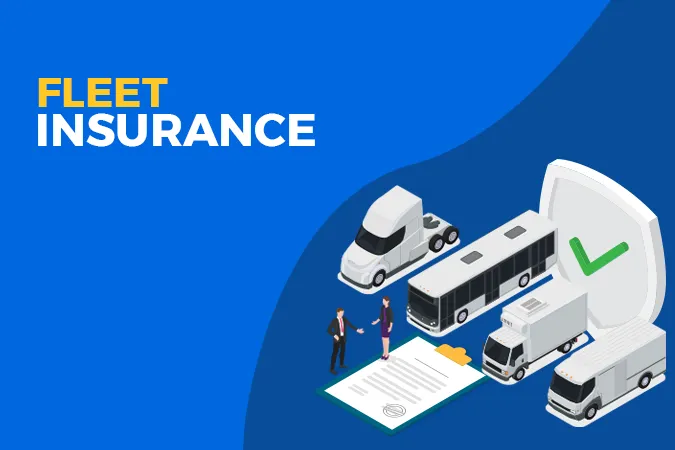Running a business with multiple vehicles requires reliable protection. Fleet Insurance is a cost-effective solution that covers all your vehicles under one policy. But with so many options available, how do you choose the best one? This guide will help you make an informed decision.
Understanding Fleet Insurance
Fleet Insurance is a specialized policy designed to cover multiple vehicles owned by a business. It simplifies management by consolidating coverage, often at a lower cost than individual policies. Whether you operate delivery vans, company cars, or heavy-duty trucks, the right Fleet Insurance ensures financial protection against accidents, theft, and liability claims.
Key Benefits of Fleet Insurance
- Cost savings compared to insuring each vehicle separately
- Simplified administration with a single policy for all vehicles
- Flexible coverage options tailored to your business needs
- Enhanced protection for drivers and third parties
Factors to Consider When Choosing Fleet Insurance
Choosing the optimal policy demands careful consideration of these essential factors.
1. Assess Your Business Needs
Before comparing policies, determine:
- The number of vehicles in your fleet
- The types of vehicles (cars, vans, trucks)
- Driver profiles (experience, age, driving history)
- Usage patterns (daily mileage, locations, cargo)
A clear understanding of your needs helps in selecting the right coverage.
2. Compare Coverage Options
Not all Fleet Insurance policies are the same. Look for:
- Comprehensive coverage (accidents, theft, fire, vandalism)
- Third-party liability (covers damage to others)
- Uninsured motorist protection
- Optional add-ons (breakdown assistance, legal expenses)
Ensure the policy covers all potential risks your fleet may face.
3. Check Insurance Providers’ Reputation
Research insurers with experience in Fleet Insurance. Consider:
- Customer reviews and ratings
- Claim settlement ratio (how quickly claims are processed)
- Financial stability of the provider
A reputable insurer ensures smooth claims and reliable support.
4. Evaluate Costs and Discounts
While affordability matters, the cheapest policy isn’t always the best. Compare:
- Premium costs based on fleet size and risk factors
- No-claims discounts for safe driving records
- Bulk discounts for insuring multiple vehicles
Ask about cost-saving measures like telematics-based policies.
5. Review Policy Flexibility
Your business may grow or change, so flexibility is crucial. Check if the insurer allows:
- Adding or removing vehicles easily
- Adjusting coverage as fleet usage changes
- Short-term or long-term policies
A flexible policy adapts to your evolving business needs.
6. Understand Exclusions and Limitations
Read the fine print to avoid surprises. Common exclusions may include:
- Unauthorized drivers
- Certain types of cargo
- Geographical restrictions
Ensure the policy aligns with your operational scope.
Tips for Lowering Fleet Insurance Costs
While Fleet Insurance is essential, keeping costs manageable is important. Here’s how:
1. Implement Driver Training Programs
Well-trained drivers reduce accident risks, leading to lower premiums.
2. Use Telematics and GPS Tracking
Insurers often offer discounts for real-time monitoring of driving behavior.
3. Maintain Vehicles Regularly
Regular servicing reduces breakdowns and accident risks, improving insurability.
4. Opt for Higher Deductibles
A higher deductible can lower premiums, but ensure it’s an amount you can afford.
Final Thoughts – Fleet Insurance
Selecting the ideal policy requires balancing coverage, cost, and provider reliability. By carefully assessing your business needs, comparing options, and taking advantage of discounts, you can secure optimal protection for your fleet.
Ready to get started? Compare quotes from trusted insurers today and safeguard your business vehicles with the right Fleet Insurance policy!


